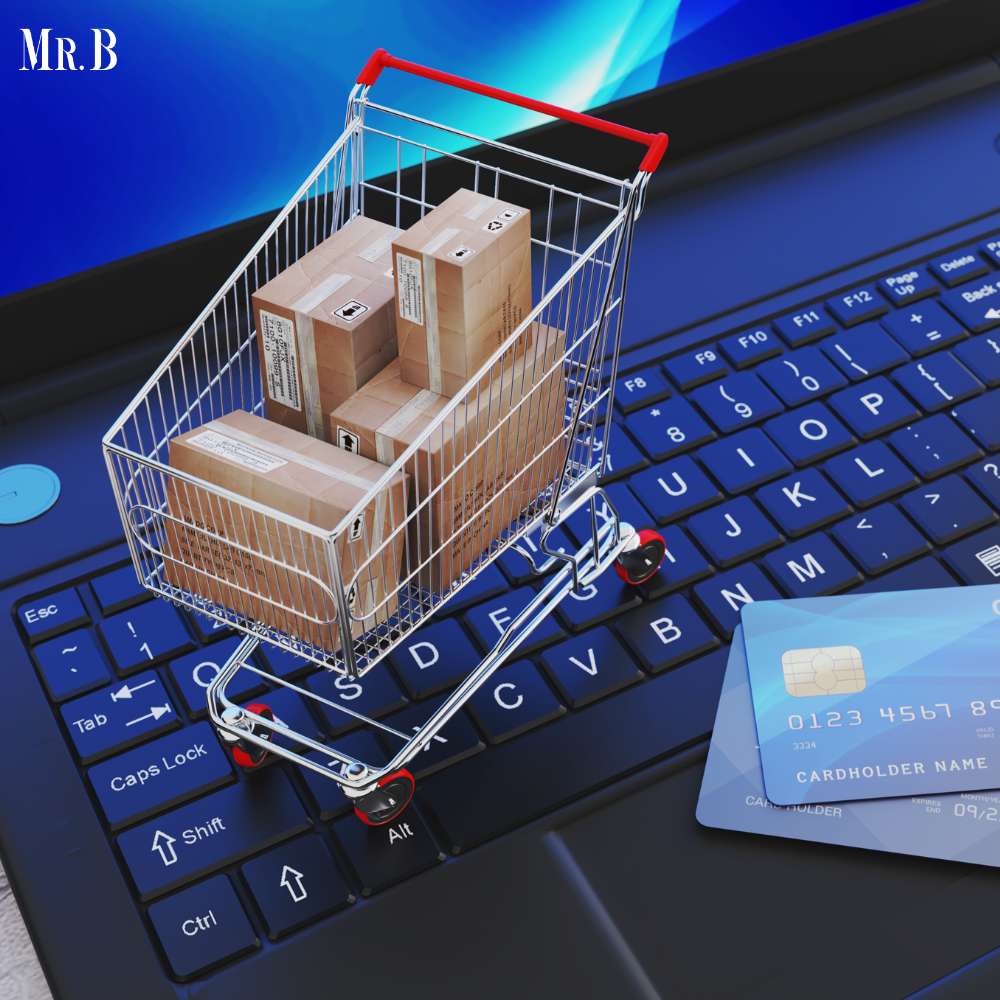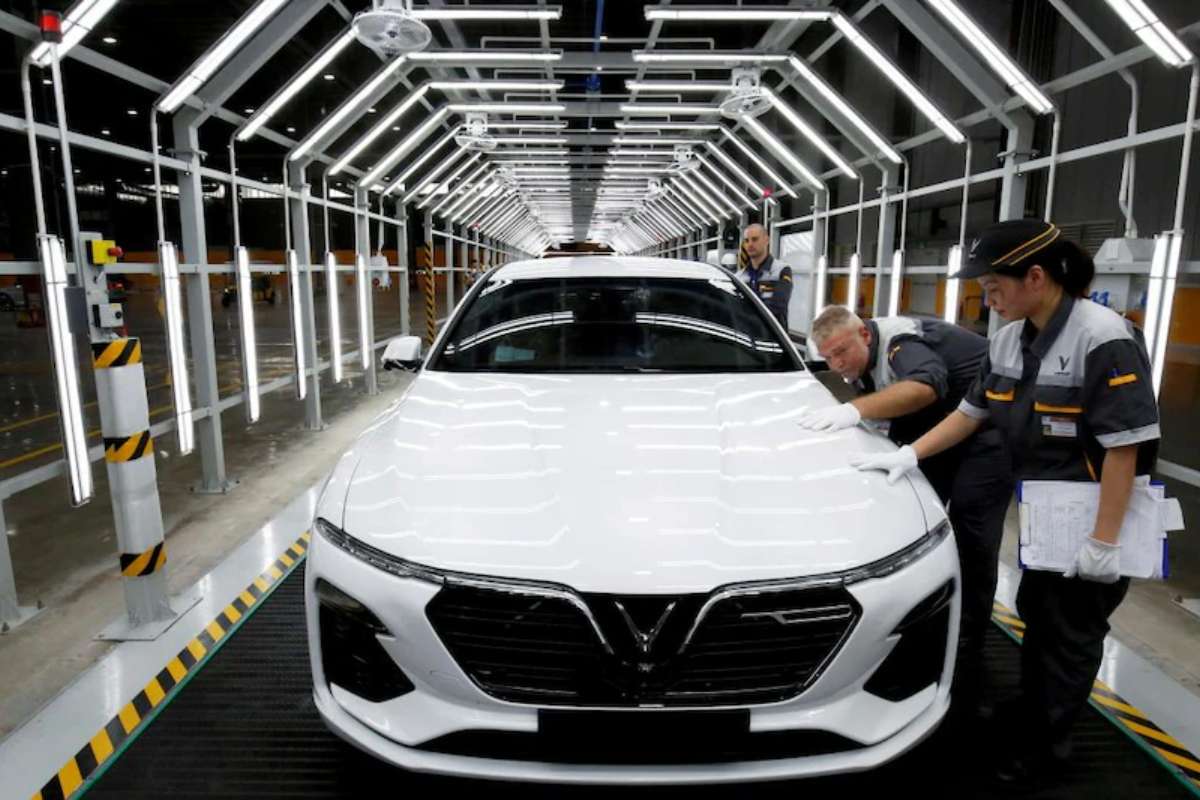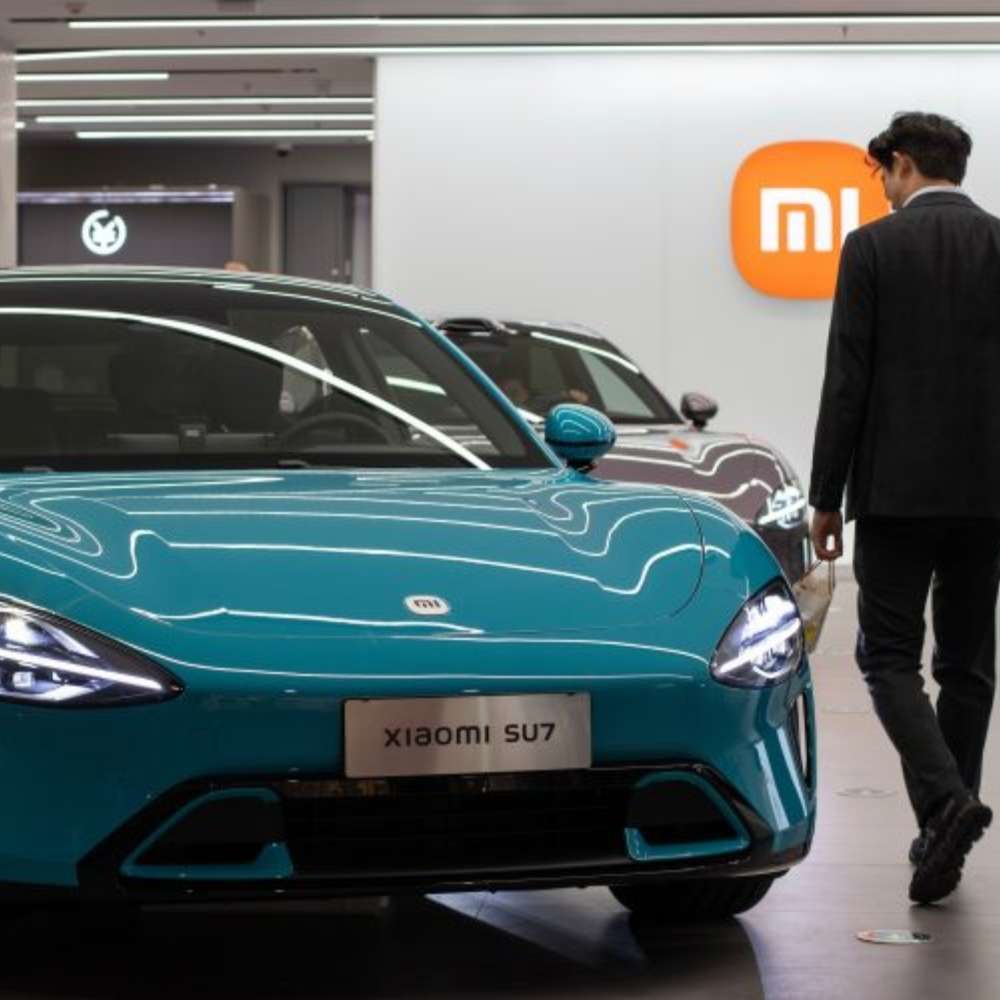As technology is accepted by the population largely, the customer shopping experience has come into the picture a lot. E-commerce has brought a lot of ease in customer buying methods. Consumer behavior has changed drastically as online shopping provides quite a lot of elements. Purchasing products of size, size guide, customer reviews, and the price of the products, all is represented before the customer to make the experience hassle-free. It also provides suggestions according to your navigation throughout the website. Multiple channels, multiple devices, and global markets all came together into the shopping spree.
E-commerce innovations and customer shopping experience
Customer shopping experience has become a buzzword in the realm of e-commerce, emphasizing the significance of creating positive interactions between consumers and online platforms. The integration of cutting-edge technologies and inventive solutions has paved the way for a more personalized, efficient, and enjoyable shopping journey.
One of the significant e-commerce innovations that have reshaped the customer shopping experience is artificial intelligence (AI). AI-driven algorithms analyze customer preferences, behaviors, and purchase history to offer personalized product recommendations. This level of personalization ensures that customers are presented with items that align with their interests, significantly enhancing the overall shopping experience.
Moreover, the introduction of virtual reality (VR) and augmented reality (AR) technologies has brought a new dimension to online shopping. Customers can now virtually try on clothing or visualize furniture in their own living spaces before making a purchase. This not only reduces the uncertainty associated with online shopping but also adds an interactive and immersive element to the customer shopping experience.

The convenience factor
One of the most prominent ways e-commerce innovations have influenced the customer shopping experience is through increased convenience. The ability to browse and purchase products from the comfort of one’s home, coupled with features like one-click ordering and same-day delivery, has set a new standard for convenience in retail.
This heightened convenience has a direct correlation with customer retention rates. A positive shopping experience, characterized by seamless navigation and hassle-free transactions, is more likely to result in repeat business. Repeat customers, in turn, contribute significantly to a higher customer retention rate.
Customer shopping experience vs. customer retention rate
While both customer shopping experience and customer retention rate are crucial aspects of a successful e-commerce business, it can be argued that the former is the driving force behind the latter. A positive shopping experience is the foundation upon which customer loyalty is built. If customers consistently enjoy their interactions with an online platform, they are more likely to become repeat customers, thereby positively influencing the retention rate.
However, it’s essential to recognize that customer retention is a broader metric that encompasses various factors beyond the initial shopping experience. Effective customer service, post-purchase engagement, and loyalty programs all contribute to retaining customers over the long term. Therefore, while customer shopping experience is a vital component, it is just one piece of the larger puzzle that is customer retention.

The importance of innovation in e-commerce
Innovation in e-commerce is not just a competitive advantage; it is a necessity for survival in today’s dynamic market. As consumer expectations evolve, businesses must adapt to stay relevant. Innovations in e-commerce not only attract new customers but also retain existing ones by consistently offering novel and improved shopping experiences. Have a look:
1. Competitive edge:
- Innovations provide a distinct competitive advantage in the crowded e-commerce landscape.
- Early adoption of new technologies sets businesses apart, attracting tech-savvy consumers seeking cutting-edge experiences.
2. Brand differentiation:
- Innovative features create a unique brand identity.
- Brands that consistently introduce novel elements become synonymous with a forward-thinking approach, fostering customer loyalty.
3. Customer expectations:
- As technology advances, so do customer expectations.
- E-commerce platforms must innovate to meet or exceed these expectations, ensuring they remain relevant in the eyes of consumers.
4. Adaptation to market changes:
- Innovations enable businesses to adapt swiftly to market changes.
- Flexibility and adaptability are crucial in an environment where consumer preferences and technological trends evolve rapidly.
5. Enhanced user engagement:
- Innovative features enhance user engagement, encouraging customers to spend more time on the platform.
- Increased engagement often translates into higher conversion rates and improved customer satisfaction.
The future of e-commerce: A paradigm shift
Looking ahead, the future of e-commerce promises even more transformative innovations that will further redefine the customer shopping experience. The integration of artificial intelligence is expected to reach new heights, with more advanced algorithms predicting customer preferences with unprecedented accuracy. This predictive capability will lead to more personalized recommendations and a more intuitive shopping experience.
Additionally, the development of augmented reality is likely to become more sophisticated, allowing customers to virtually experience products in ways that closely mimic the physical shopping experience. Virtual shopping assistants powered by AI will offer real-time assistance, guiding customers through their purchase journey and providing personalized advice.

Enhancing the customer shopping experience through innovation
As e-commerce continues to evolve, innovations will play a pivotal role in enhancing the customer shopping experience. Seamless integration of technology will break down barriers between the online and offline retail worlds, providing customers with a more holistic and engaging shopping journey.
For instance, the use of chatbots for instant customer support and the implementation of machine learning for dynamic pricing strategies contribute to a more responsive and customer-centric approach. These innovations not only cater to the immediate needs of customers but also demonstrate a commitment to ongoing improvement, fostering a sense of loyalty.
Conclusion
The customer shopping experience stands at the forefront of e-commerce success. The innovative technologies and solutions implemented by online retailers have not only transformed the way consumers shop but have also significantly impacted customer retention rates. While both elements are interconnected, the shopping experience serves as the catalyst for building long-term relationships with consumers. In the rapidly evolving landscape of e-commerce, the importance of innovation cannot be overstated.
Businesses that embrace and invest in technological advancements will not only stay competitive but will also lead the way in shaping the future of online retail. As we look ahead, the synergy between customer shopping experiences and innovative solutions will continue to redefine the e-commerce landscape, offering consumers unprecedented levels of convenience, personalization, and satisfaction.








